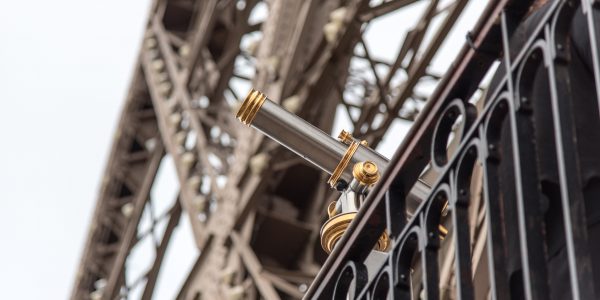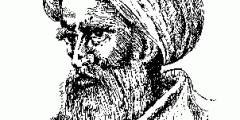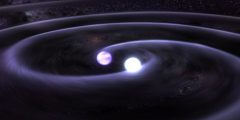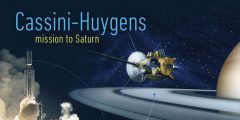How has Science Communication Research Developed? Results from a Citation Analysis
September 28, 2018
This is a guest post by Mike S. Schäfer (University of Zürich) & Adrian Rauchfleisch (National Taiwan University). The article summarised in this post first appeared in the Journal of Science Communication. This post contributes to the ‘science communication‘ strand of this blog. It can be read together with an older (2012) post which reports on how Rick Borchelt …
Science communication: What was it, what is it, and what should it be?
March 4, 2018
Science communication still puzzles people it seems, and that includes me. To get to the bottom of that puzzlement I looked at a blog post entitled “What’s this science communication and public engagement stuff all about?” This post provides a really useful overview of science communication and public engagement and people who want or have …
Historical fiction: A forgotten corner of science communication?
January 26, 2018
I recently read a wonderful tale about a 10th-century Arab philosopher, theologian and mathematician, Ibn al-Haytham (Alhazen). This wasn’t a biography (although I read that as well, afterwards); it was historical fiction – a historical novel. The tale was told by Bradley Steffens and entitled The Prisoner of Al-Hakim (2017). Immersed in the novel, I learned, …
Collision, collaboration and communication
October 25, 2017
The other day I read an article on why academics are losing relevance in society. I noticed that it contained a picture of a celebratory cake with the inscription “Here’s to the first direct detection of gravitational waves” (after two black holes collided). This event happened in 2016 and was widely celebrated around the world, …
Science/climate communication: A view from reception theory
September 28, 2017
There has been some controversy recently surrounding a paper published in Nature Geoscience on global warming or, if I understand things correctly, about whether there might be a slightly better chance of avoiding it. This paper appears to have been misunderstood, misrepresented and misreported. One Mail Online headline read: “Fear of global warming is exaggerated, …
Making lasers public: The European X-ray Free Electron Laser
September 8, 2017
Last weekend, my mum phoned me from Germany to tell me about the new x-ray laser inaugurated in Hamburg (as I later learned this is the European X-ray Free Electron Laser or XFEL) and asked me whether I had heard about it and whether I could explain what it did. I hadn’t and I couldn’t. …
Making science popular: Science communication in 19th-century France
August 20, 2017
Some weeks ago I saw a tweet in my timeline which contained an engraving of an iguanodon skeleton. The skeleton had been exhibited in Brussels and its picture appeared in the 1883* issue of the French popular science magazine La Science Illustrée. This made me think of an old blog post of mine entitled “Making Science Picturesque”, where …
Cassini: Space probes, history and women
April 29, 2017
I have just read a lovely article by Rebekah Higgitt on the various Cassinis that worked in France as astronomers. One of them was Giovanni Domenico (or Jean Dominique) Cassini (8 June 1625 – 14 September 1712), the first director of the observatory founded by Louis XIV, and discoverer, amongst other things, of four satellites of the planet …
Time and science communication
April 7, 2017
On 29 March, 2017 the UK House of Commons Science and Technology Committee published the results of its inquiry into science communication. On 31 March Tim Caulfied tweeted about an article that Andy Miah had written about the report for The Conversation. Tim said: “How scientists should communicate their work in a post-truth era … …










